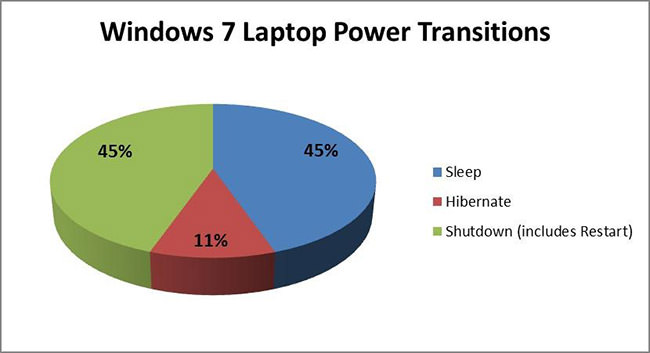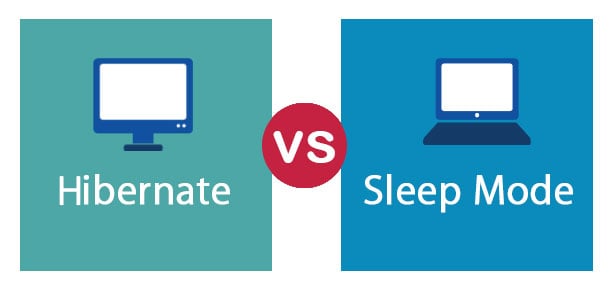
- #HIBERNATE VS SLEEP COMPUTER HOW TO#
- #HIBERNATE VS SLEEP COMPUTER WINDOWS 10#
- #HIBERNATE VS SLEEP COMPUTER PC#
When you turn on the computer, it restores the data from the boot drive to the RAM again as if you never power off your PC.
#HIBERNATE VS SLEEP COMPUTER PC#
When hibernating, the PC saves all the active sessions from your RAM memory to the boot drive and shuts down the system. Related: A Guide to Windows 10's Power Options Users can configure the system to hibernate in an idle state to conserve power while significantly reducing the start-up time. You need to tell Windows what type of mode it should use when you put the system on standby.Hibernate is a power management mode available in Windows computers.
#HIBERNATE VS SLEEP COMPUTER HOW TO#
Now that you know the difference between sleep and hibernate in Windows 10, it’s time to actually learn how to switch between them.
#HIBERNATE VS SLEEP COMPUTER WINDOWS 10#
Activating Different Sleep Options in Windows 10 So you don’t get the power savings benefit that you get from hibernation.

The second downside is that this uses exactly the same amount of power as normal sleep mode. Though the difference won’t necessarily matter to you. So with hybrid sleep you get the best of both worlds, but there’s no free ride here! That’s because it takes longer to enter hybrid sleep than normal sleep. However, if there was a power cut while the computer was sleeping, it would boot up as if resuming from hibernation. When you resume, it’s just like resuming from sleep mode. What happens here is that the computer goes into a normal sleep mode, but it also saves a copy of your RAM to the hard drive.

The Hybrid Sleep OptionĪ third option that may be available to you is known as hybrid sleep. It also means that going into hibernation takes longer than going to sleep, but from a user perspective that doesn’t make a lot of difference. So though resuming from hibernation might not be as quick as resuming from sleep, the gap between the two has narrowed significantly. In addition, if your computer has an SSD as a main drive, especially an NVME model, the RAM image can be copied in a flash. The thing is, modern computers boot from cold very quickly. The computer has to boot from a cold state and then copy the contents of RAM back from your hard drive. So, what’s the catch? Resuming from hibernation is slower than sleep mode. A power cut also doesn’t really matter in this case. It can be unplugged and transported with no worries at all. With the contents of RAM completely saved to the hard drive, your computer can power off completely. This is non-volatile memory and so keeps your data even when the power is off. The big difference here is that the contents of your memory are stored on your hard drive. Hibernation also lets you power on your computer and pick up from where you left off.

Hibernation: Going Cold For The Long Haul Move the mouse or open the laptop lid and you’re ready to go. The big convenience with sleep mode is that your computer is ready to work almost instantly. That does add up over days, weeks and months however. To be sure, it uses less power than an active computer. The second big caveat with sleep mode is that it still uses power. However, you may want to consider using a UPS (uninterruptible power supply) to keep your sleeping computer safe just in case. Since the on-board batteries will keep supplying power to the sleeping computer in the event of power loss. Laptop computers obviously don’t have this problem at all.


 0 kommentar(er)
0 kommentar(er)
